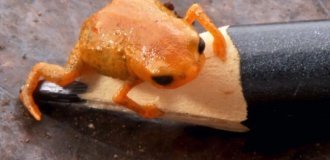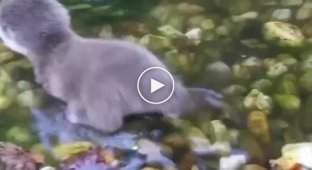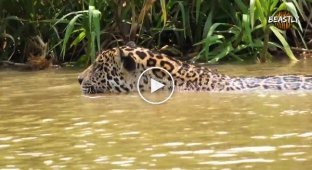Asian small-clawed otters: the smallest and weakest otters on the planet (9 photos)
They are the size of small cats and weigh, accordingly, no more than 3 kilos. But otters live in the swamps and mangrove jungles of South Asia! Yes, yes, in the very jungles where leopards, tigers, pythons and saltwater crocodiles feed. How do they even survive there? 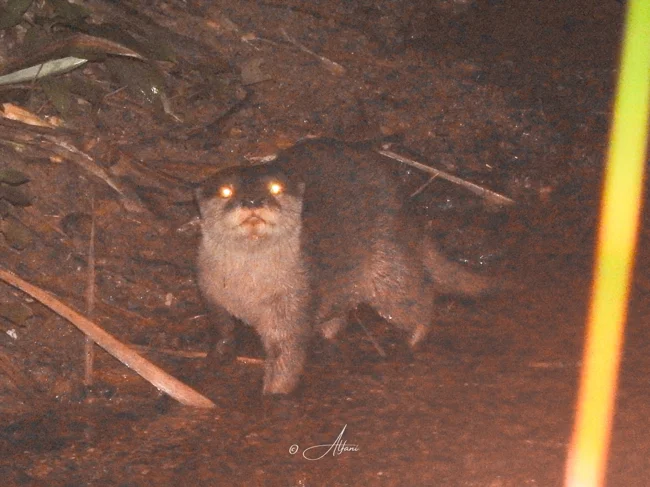
Meet the mangrove wolf!
If our otters are mostly loners, then these animals are strict collectivists, living in packs of up to 20 individuals. Moreover, the structure of the packs is almost identical to the structure of wolf families. The otter group is always headed by a breeding pair. The second most important members are their young offspring, and older children act as hardworking assistants. 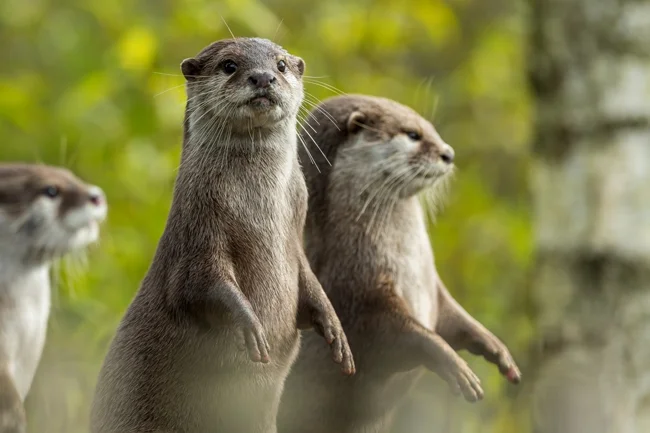
In fact, otters do have claws, but they are so small that they are hidden under their fur.
Like wolves, clawless otters spend all their free time in the company of friends and relatives, fortunately they have enough to do. They can playfully wrestle with each other, lie in one big pile, groom themselves, communicate with squeaks, squeals and 10 more types of sounds. But their favorite pastime is to spread their excrement all over the area. Not only is it fun, but it also allows them to mark the territory controlled by the otter family! 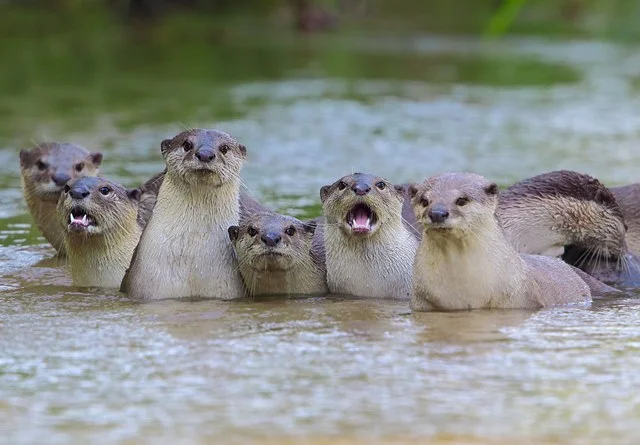
Otters don't particularly worry about their hygiene, because they spend most of their lives in the water.
Clawless otters are very sensitive to protecting their territories and without sentimentality drive away all the loners who haven't yet acquired their own pack. But neighboring families treat each other with respect and try not to violate the boundaries of other people's possessions. During the entire observation period, not a single fight for territory was recorded. In this sense, they compare favorably with wolves, because for them, wall-to-wall fights are a common thing. 
Guarding the border.
Despite the well-developed social side of life, clawless otters go hunting strictly alone. However, their prey is practically defenseless: crabs, mudskippers, mollusks and, less often, small land vertebrates, such as rats and non-venomous snakes. If an otter cannot cope with such an opponent alone, then it simply will not survive in tropical swamps. 
Often, otters have to dig around in the ground for a tasty meal.
But even under such conditions, otters cannot do without communication. The curious animals constantly watch their comrades. Young otters learn from their older relatives how to properly open crabs and mollusks, and adults evaluate the attractiveness of prey based on the behavior of other family members. If one of them finds a particularly tasty mollusk/crab/rodent, the rest of the family will quickly switch to feeding on these same mollusks/crabs/rodents. Thanks to such social learning, otters can quickly switch from one prey to another. 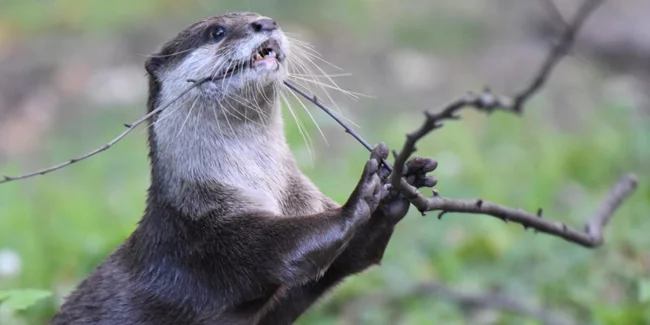
Now you're my prey, twig!
In general, Asian small-clawed otters are surprisingly peaceful and sociable animals. Perhaps during mating games everything is different, but, alas, they have only been observed in captivity, and there is not much competition there. 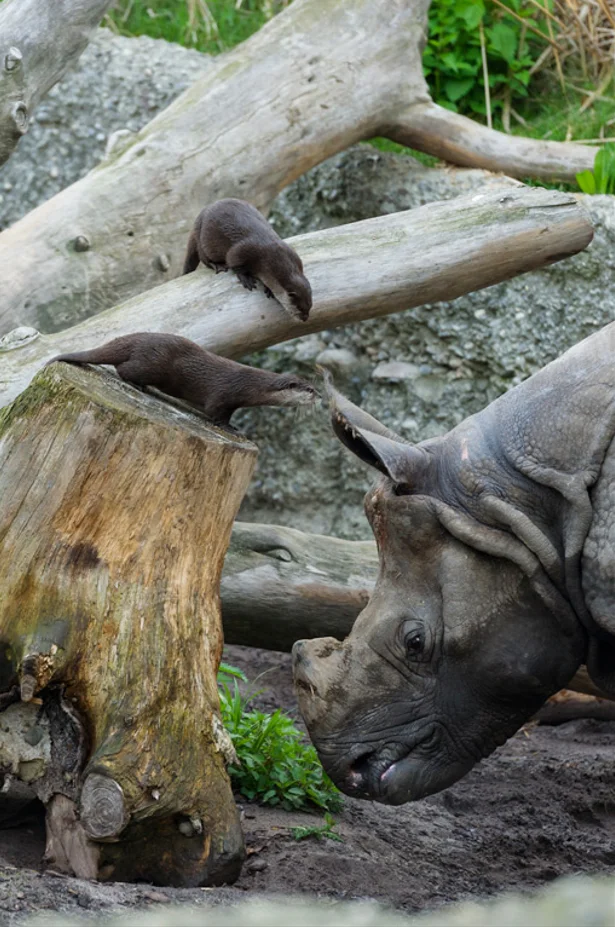
At the Basel Zoo, Switzerland, clawless otters live in the same enclosure with an Indian rhinoceros. And no one bothers anyone!
Since otters live in an exceptionally warm region, they do not need to tie their reproduction to certain seasons. The animals reproduce throughout the year. Their pairs converge quickly and remain together until the death of one of the partners. And a wild otter can live up to 16 years! 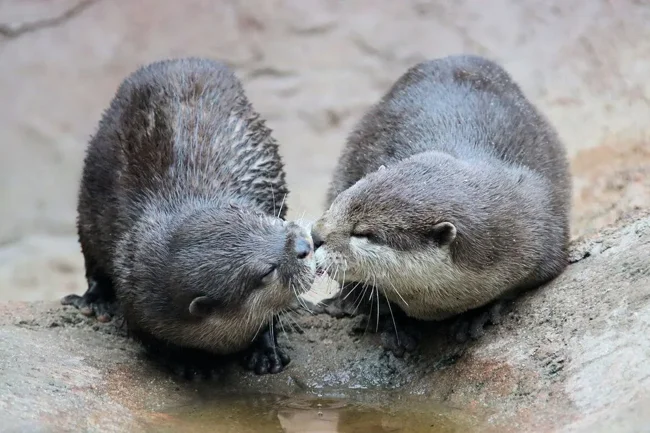
You won't see a cuter photo today!
Otters also reproduce quickly, pregnancy lasts 2-2.5 months, and the children become completely independent 4-5 months after birth. However, they usually stay with their parents for 2-3 years. Together it is more fun, and helping to raise the next generation is not superfluous. However, high fertility does not particularly improve the precarious position of the species. Caring for each other and a fairly wide diet do not save them from habitat destruction and poachers. And if the former is managed to take control, then it is not possible to cope with poachers at all. Today, clawless otters are extremely popular (and expensive) pets both in Asia and around the world, despite numerous bans on their maintenance. Therefore, their numbers continue to decline. 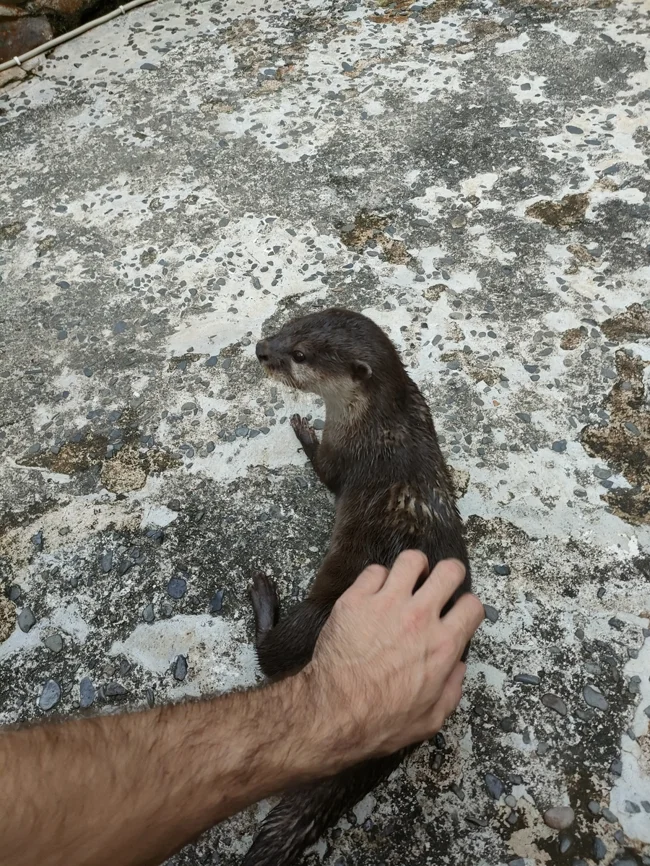
Even without training, clawless otters are good with people. But you shouldn't keep them at home, as such a life is very stressful for animals.
But there is a drop of good news in the barrel of bad news. In February of this year, a family of clawless otters was discovered in Nepal, where they were considered extinct for almost 200 years! This means that the species not only suffers from human impact, but also adapts to it, which helps to re-develop once lost territories!
